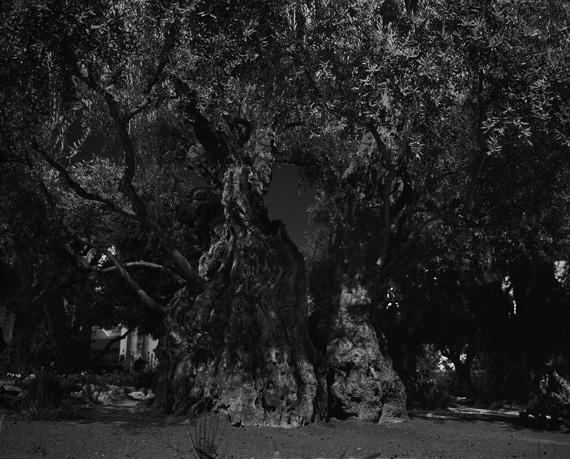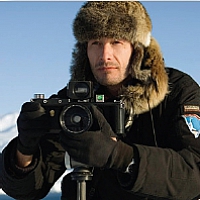
Andréas Lang
With the exhibition "Landscapes - Photographs by Sebastian Copeland, Mat Hennek, Andréas Lang and Martin Pudenz", Bernheimer Fine Art Photography presents a classic theme of photography through the lens of four contemporary artists: that of landscape. Thereby, the choice of the photographers reflects the whole spectrum of current landscape photography - with the artists' approach to the theme as well as the technical translation differing in each case.
Sebastian Copeland's Fine Art Prints are represented in international galleries and museums as well as in well-known collections. The seemingly timeless works, taken during three trips: two aboard a scientific icebreaker to Antarctica in 2006 and 2007 and one in the Arctic in 2008. They illustrate the breathtaking beauty of this extreme landscape, which is dismissive and fragile, untouched and endangered at the same time. The images are recorded in high-contrast black and white prints as well as in the richly saturated blue hues of colour photographs. Due to the climate conditions, Sebastian Copeland - who prefers using filming material - primarily employed a 35-millimeter digital camera without a colour screen. Some of the motifs, however, were produced with analogue panoramic and medium format cameras.
Mat Hennek has already been represented at Bernheimer Galerie Schloss Fuschl with the exhibition "The Soul of Music" during last year's Salzburg Festival. The exhibition showed his portrait photographs of interpreters of classical music, preferably on extensive walks. Similarly, Mat Hennek has found another subject: nature. His works - skilfully composed patterns and structures of the alpine glacier regions as well as the "soul landscape" of the forest - are taken with an analogue camera in medium and large format. Without any reworking, the images are printed on copperplate paper as digital archival pigment prints - conferring an extraordinarily fine grained aesthetic to the photographs.
Andréas Lang is preoccupied by "inner landscapes": The series "Éclipse" was photographed after intensive research and precise preparation on journeys through Egypt, Israel and Palestine, Syria and Turkey. It documents places and landscapes of early Christianity and of the crusades. The results are atmospheric low-key photographs in the spirit of Romantic painting, whose mystic pictorial world unites the aesthetic of the late 19th century with contemporary photography. The handcrafted photographs, taken with an analogue camera, are not reworked in any way.
Martin Pudenz' landscape photographs seem almost impressionist in their rich colour schemes - depicting nature in its grand, archaic beauty. The works shown in the exhibition were created with the historic bromoil printing process, which the artist has brought to perfection over the course of some centuries. This photographic process of positive printing was invented by Welbourne Piper in 1902 and works by extracting the silver from an exposed silver bromide print through chemical baths. Afterwards, the remaining gelatine relief is dyed by means of barrels, until the original motif - changed through manual colour application - appears again.
Apart from all their diversity, the works of these four artists share a common theme: They depict a seemingly uninhabited nature without human beings.


